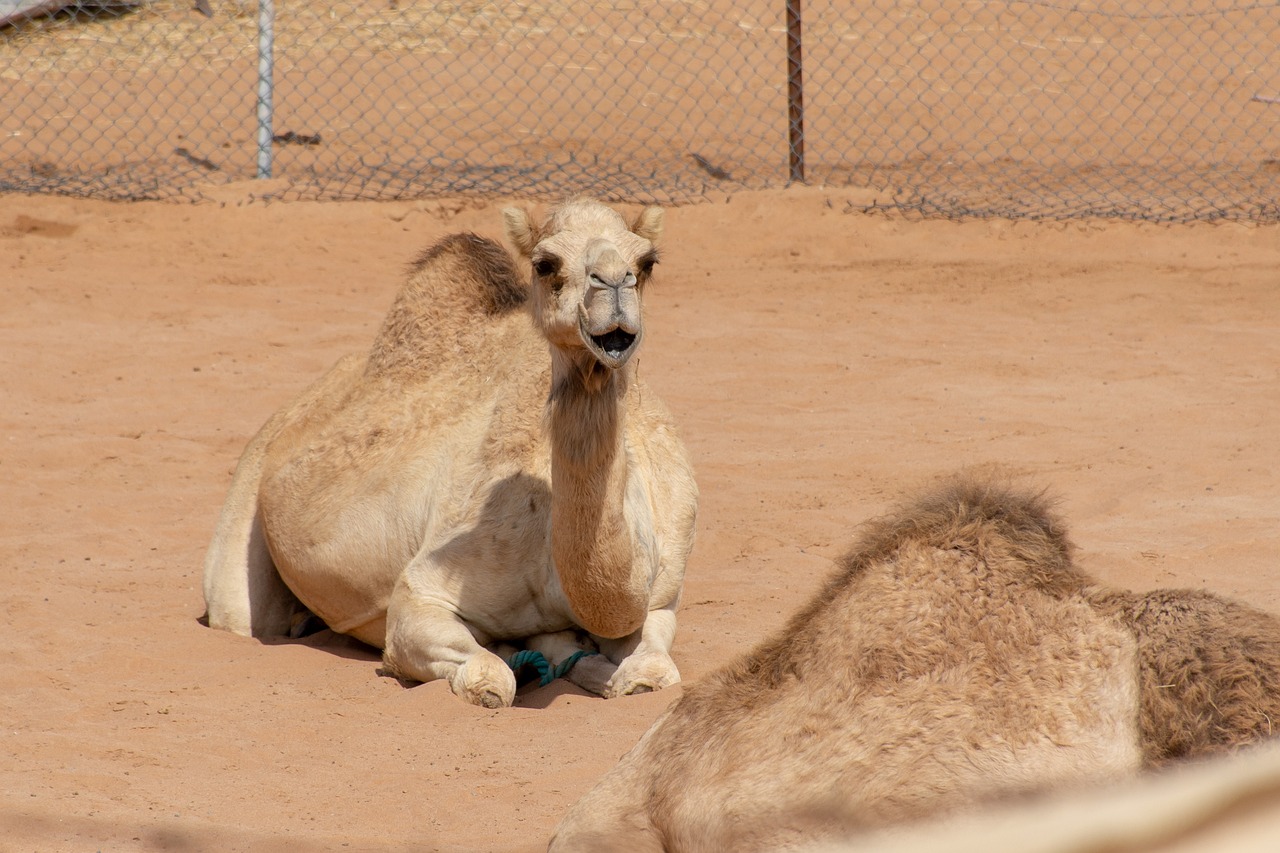In the northwestern sector of suburban Cairo, buried under 20 meters of sediment, lies the historical remains of ancient Iwn, a city that played a pivotal role in the genesis of the universe. Known later as Heliopolis, which translates to “city of the sun-god” in Greek, and Ain-Shams, meaning “eye of the sun” in Arabic, this site holds the distinction of being one of the most ancient religious locations globally. Despite being enveloped by numerous layers of fields and settlements, it stands as a significant monument dedicated to Ra, the principal deity of ancient Egypt. The origin narrative regarding Ra’s creation of the world is both captivating and enlightening:
According to Egyptian lore, prior to creation, only Darkness enveloped the Primeval Ocean, the source from which all life would emerge. When the time was right, an entity named Atum decided it was time for Creation to commence. From the waters, an island surfaced, providing a foundation for Atum, who incarnated as Ra, the Egyptian sun god.
From a sacred hill, Ra generated the initial gods: Shu (representing Dryness and Air) and Tefnut (representing Humidity). These two would give rise to additional gods, establishing the Cosmos—Geb, the god of the Earth, and Nut, the goddess of the Sky. This divine lineage ultimately led to the emergence of Osiris, the Perfect Being, who would govern the earthly realm, while Ra designated the elements of creation. Interestingly, humanity emerged from the tears Ra shed from his eyes.
Osiris was a benevolent and thoughtful ruler, guiding humanity in agriculture and the foundations of civilization. Together with his sister and spouse Isis, whose mastery of magic and creativity complemented his kingship, they formed an ideal partnership. However, their brother Seth, a forceful yet chaotic figure, harbored envy towards Osiris and killed him, aiming to seize control of Egypt. Tragically, their sister Nephthys could not prevent the act, despite her affection for both brothers.
The murder of Osiris, however, did not ultimately lead to Seth’s victory. Through the enchantments of Isis, he was resurrected long enough to father Horus, who would eventually avenge him and reclaim Egypt’s throne. Following this, Osiris transitioned to the Otherworld, presiding over the deceased and ensuring the ongoing cycle of life and resurrection.
The narrative continues beyond this tragedy. As Ra aged and refined his creations, humanity began to turn against him. In response, Ra contemplated annihilation and sought assistance from his tear-producing eye. Transforming into a ruthless lioness, the eye unleashed a massacre upon humanity, reveling in the destruction. Witnessing the devastation, Ra became remorseful for his beloved creations—likened to tears from his eye. He halted the slaughter but chose not to dwell among humans any longer. This decision initiated his journey to the Otherworld, where he created the 12 hours of day by gliding across the sky from east to west, allowing all life to thrive under his light. Upon reaching the western horizon, Ra submerged the earth in darkness for another 12 hours while journeying through the Underworld, where he illuminated the deceased, vanquished creation’s enemies, and rejuvenated himself in a union with Osiris.
At dawn, when Ra reappeared on the eastern horizon, he took the form of a falcon, known as Hor-akhty, or Horus of the Horizon. But Ra had multiple manifestations; he could also be symbolized as a scarab, kheper, which signifies the one who comes into being. This analogy stems from a wordplay between the name of the scarab and the verb “to happen,” emphasizing that it was believed the scarab, emerging from the desert sands at sunrise while rolling a ball of dung with its eggs, was self-generated. At midday, Ra would return to his identity as the sun-disk, and at sunset, he transformed into Atum, an aged figure who had completed his life’s journey and was prepared for regeneration the following day.
Given this extensive narrative, the Sun God Ra has continuously been revered as the supreme deity in ancient Egypt. Throughout the Old Kingdom (2800 BCE), during the establishment of Egypt’s institutional framework and royal ideologies, the divine king was regarded as the son of Ra. During coronation ceremonies, the king’s name linked with Ra was etched alongside his title as ruler of Upper and Lower Egypt. Monarchs constructed temples for Ra, endowing them with lands and priests to uphold his worship, as well as integrating sun god chapels within their own mortuary temples across the region. By the time of the New Kingdom (c. 1500 -1000 BCE), the cult of Amun sought to diminish Ra’s prominence. Yet, the rulers of the 18th dynasty countered this movement, as evidenced by the artwork in the Valley of the Kings in Western Thebes that underscores the sun god’s supremacy, with kings merging with Ra after death to achieve eternal life. During the brief reign of Akhenaton, the king exclusively venerated the sun god, composing hymns that later found echoes in the biblical psalms attributed to King David. Even subsequent to Akhenaton’s rule, many of Egypt’s deities incorporated Ra into their identities—such as Amon-Ra, Khnum-Ra, and Sobek-Ra. It wasn’t until centuries later, under Roman conquerors, that the worship of Ra began to wane.
Yet, even in present-day Egypt, which remains inspired by its ancient legacy, the tales of Ra persist. His essence resonates through folklore, witnessed in local songs and sayings. The name Ra has transcended time, appearing in various forms of popular culture, from films to video games. Evidently, the legacy of this grand ancient deity continues to rise, akin to the sun ascending in the east.



